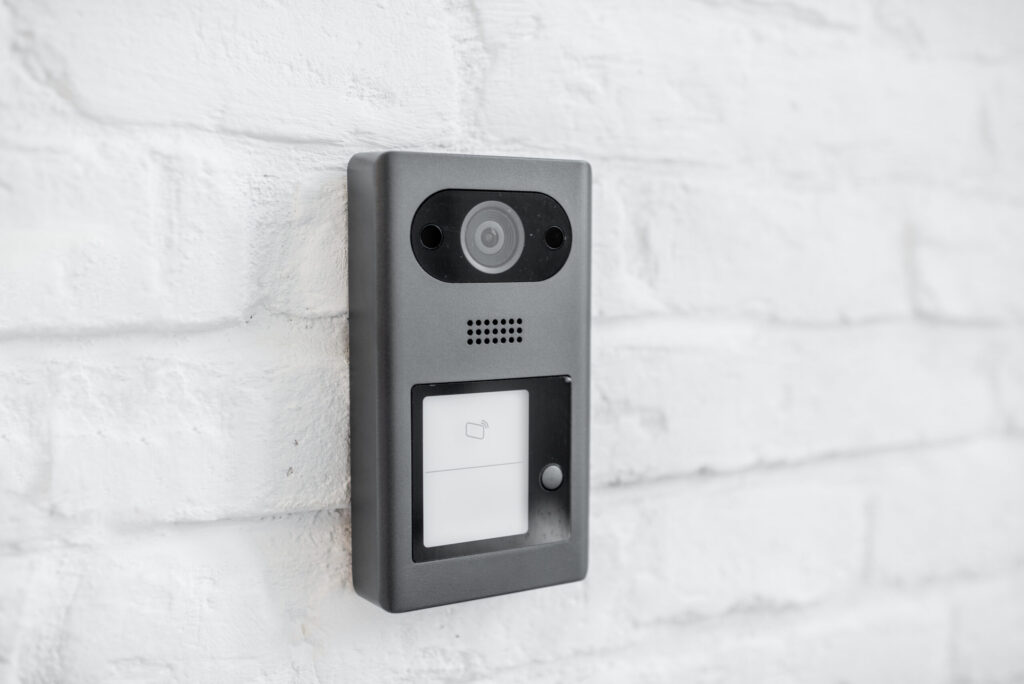In the ever-evolving landscape of security, integrating surveillance systems with other security technologies has emerged as a pivotal strategy for businesses and organizations striving to fortify their defenses against evolving threats. By seamlessly integrating surveillance systems with complementary security solutions, businesses can enhance situational awareness, streamline incident response, and bolster security resilience. This article explores the benefits and best practices of integrating surveillance systems with other security technologies.
The Power of Integration
In today’s complex security environment, no single technology can provide comprehensive protection against many threats. Instead, a layered approach that combines various security measures is essential for mitigating risks effectively. Surveillance systems serve as a cornerstone of this multi-layered security strategy, offering real-time monitoring, forensic analysis, and deterrence capabilities. However, their effectiveness can be significantly enhanced through integration with other security systems, including:
1. Access Control Systems:
Integrating surveillance systems with access control solutions allows businesses to monitor and manage entry points in real time. By correlating video footage with access logs, security personnel can quickly identify unauthorized access attempts, track the movement of individuals within secure areas, and respond promptly to security incidents.
2. Intrusion Detection Systems (IDS):
Businesses can create a comprehensive perimeter security solution by integrating surveillance cameras with intrusion detection sensors. In the event of an intrusion attempt, surveillance cameras can automatically pan, tilt, and zoom into the affected area, providing security personnel with real-time visual verification of the threat.
3. Alarm and Notification Systems:
Seamless integration between surveillance systems and alarm/notification platforms enables rapid incident detection and response. When triggered, alarms can automatically activate nearby cameras, initiate recording, and notify security personnel via email, SMS, or push notifications, facilitating prompt intervention and resolution.
4. Video Analytics Software:
Leveraging advanced video analytics software, such as facial recognition, object detection, and behavior analysis, enhances the capabilities of surveillance systems to detect and identify security threats. By integrating video analytics with surveillance cameras, businesses can automate threat detection, reduce false alarms, and extract valuable insights from video footage.
Best Practices for Integration
To maximize the effectiveness of integrated security systems, businesses should adhere to the following best practices:
1. Interoperability:
Select security technologies that support open standards and protocols to facilitate seamless integration. Ensure compatibility between surveillance systems and other security solutions to enable interoperability and data exchange.
2. Centralized Management:
Implement a centralized management platform that consolidates control and monitoring of integrated security systems. A unified dashboard allows security personnel to oversee multiple systems, streamline operations, and respond swiftly to security incidents.
3. Customization and Scalability:
Tailor integration solutions to meet the specific needs and requirements of your organization. Choose flexible and scalable technologies that adapt to evolving security threats and organizational changes over time.
4. Training and Collaboration:
Provide comprehensive training to security personnel on the operation and utilization of integrated security systems. Foster collaboration between different security teams to ensure effective coordination and communication during security incidents.
Conclusion
In an increasingly interconnected world, integrating surveillance systems with other security technologies offers a potent defense against emerging threats and vulnerabilities. By combining the strengths of various security solutions, businesses can achieve greater situational awareness, operational efficiency, and resilience in the face of evolving security challenges. As security threats continue to evolve, embracing a collaborative and integrated approach to security is essential for safeguarding assets, protecting personnel, and preserving business continuity.
As always, if any topics discussed about virtual machines or virtualization in the business environment pique your interest, we’re here to help. Let’s start a conversation to ensure your virtualization strategy sets your business on the path to success.



